So you have done your job as a pilot and prepared for the worst by staying proficient in power-off landings, by having a well thought out survival kit, and by learning some basic survival skills. Good preparation, of course, involves a bit more. A secure cockpit is important: loose items will become projectiles in the event of a crash. You won’t have time to stow things after the engine quits, so have all in-cockpit items properly stowed every time you fly. With regard to route planning, resist the urge to fly direct point-to-point over inhospitable terrain. Use a dogleg approach with your route planning and maximize your chance of a safe outcome by trying to stay near population centers and landable terrain. The risk of direct flight over rough terrain in the event of a power loss is not worth the potential time savings. Assume the engine is going to quit with all aspects of your flying AND planning.
In this piece, we will begin by discussing the basic things to consider when selecting an off airport landing site and the basic challenges posed by landing on various types of terrain. We will then move into a discussion about enhancing the survivability of a crash when the landing choices are “less than ideal” and conclude with a summary of sources for more information.
Selecting a Spot – the Basics
So, when the engine does quit, the most basic choice is whether to choose a road or a field. I’ll try to address this by describing some of the hazards and pitfalls of each.
Let’s begin with roads – they are tempting because they are like hard surface runways. Unfortunately, roads present a series of problems because they are not runways and were not designed with aircraft in mind. To begin with, even if the road is straight, most are quite narrow and therefore require some extra landing precision under a stressful situation. In many parts of the country, roads are crisscrossed by power lines which are VERY hard to see from the air. The poles are evident, but the direction of the wires can be deceiving. Add automobile traffic to the picture, especially oncoming traffic, and the approach is suddenly very complicated indeed!
Even if you negotiate a successful touchdown free of auto traffic, there are often roadside signs to contend with and other roadside hazards. Depending on the width of the road and the aircraft’s wingspan, a wing strike could cause considerable damage and a loss of directional control. One more pitfall is that many roads have drainage ditches on either side which makes loss of directional control potentially very serious including the possibility of a noseover. Many aircraft have executed successful emergency landings on roads from rural dirt roads to highway interstates – it can be done. This discussion is simply meant to raise awareness of the potential hazards.
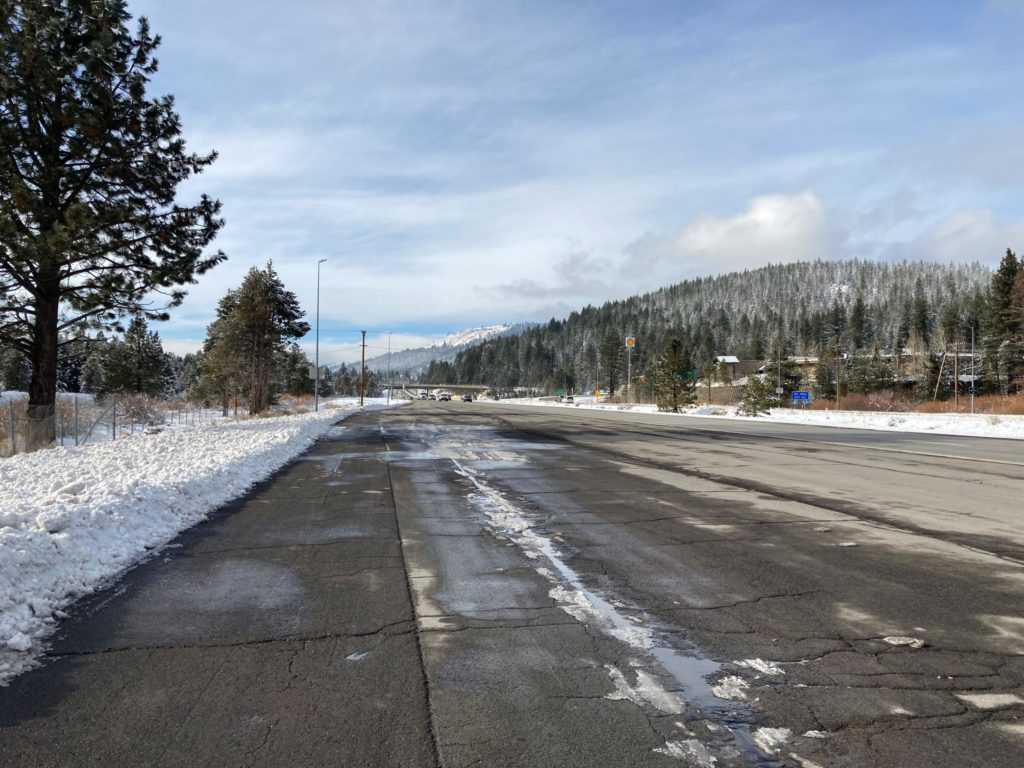
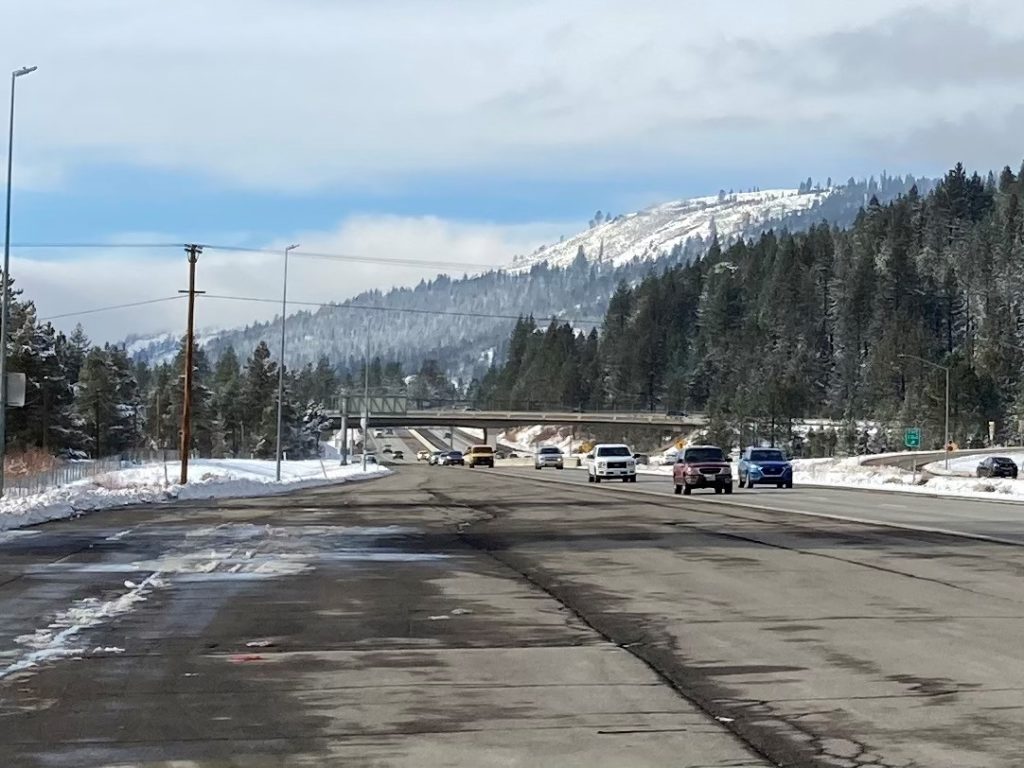


As for fields – they present their own hazards, mostly due to the softness or unevenness of the terrain but also due to other difficult-to-spot perils. A field can be clear, wide open, and free of vegetation from high up and yet contain ditches, potholes, plowed areas, or very soft ground all leading to damage or a potential noseover. Furthermore, there may be sparse livestock out there which can be hard to spot and potentially harmful in the case of a large animal. Finally, fences, especially barbed wire can be perilous and very hard to see until it’s too late. In this situation I would advise aiming for a post to take down the fence – do NOT aim for the barbed wire.
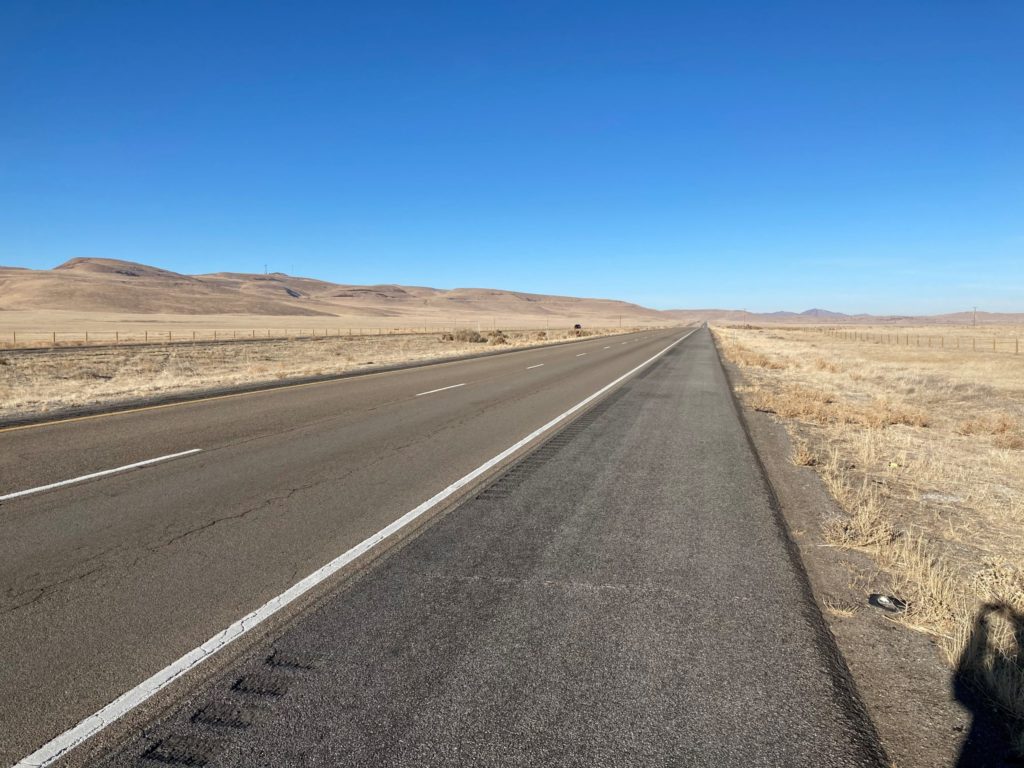

As you can see, there is no perfect solution or universal answer. Keep the hazards in mind and pick the most wide open option while executing a low energy, tail low touchdown whether it’s a field or a road. Roads and fields generally offer the best options for a safe off airport landing with minimal damage to the aircraft. The mindset of this discussion so far has centered on a successful off airport landing meaning no injuries and minimal (if any) damage to the aircraft or property. Moving forward, we will look at a few other options that are less than ideal (for example, forested areas, water, mountains). But first, I’d like to digress into a discussion of crash survivability.
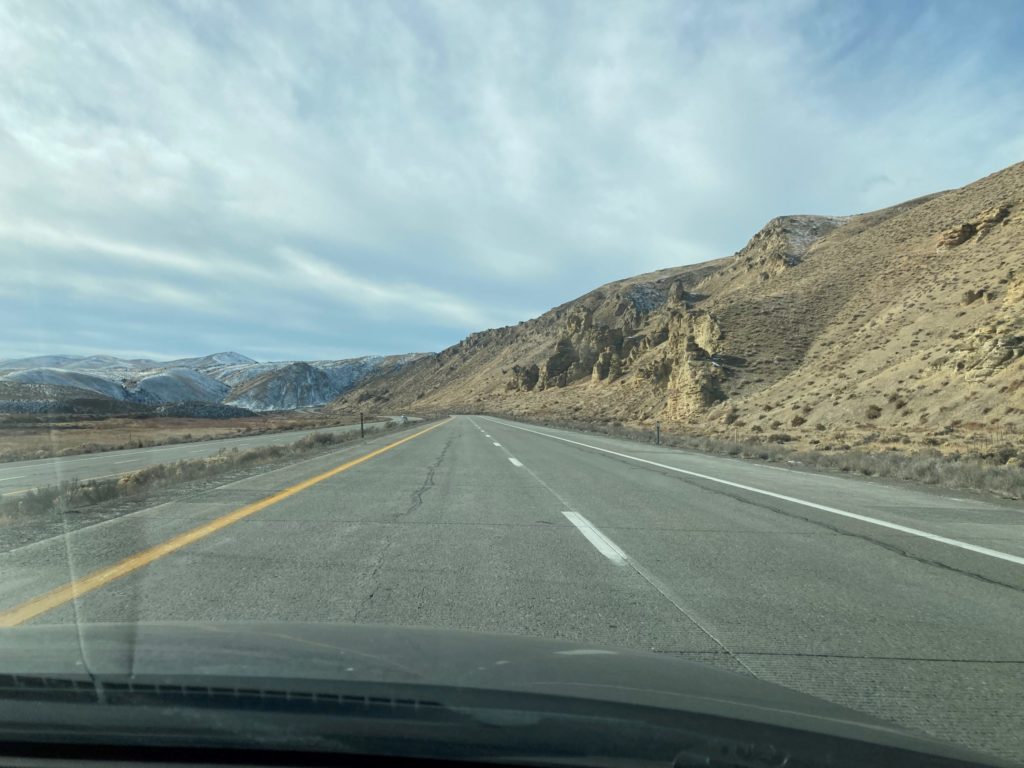
Crash Survivability – the Human Body
Moving forward, we will assume that we are now faced with a situation where damage to the aircraft is reasonably assured and our mindset is now minimizing casualties to the pilot and passengers. The biggest pitfall is a reluctance to accept the situation. Accept it – and act! The second pitfall is a desire to save the aircraft. Hey, the insurance company just bought the aircraft, so let’s not jeopardize lives in an attempt to save the insurance company’s new airplane! The final pitfall is fear of injury – worry about that after the airplane stops. Before touchdown, open a door so that it doesn’t jam during the crash and have something on board that can break the windows. Most important is to maintain airspeed and control all the way down and to find a way to sacrifice the airplane’s non-cabin areas (wings, gear) to dissipate the crash energy as smoothly as possible. Do not relinquish or lose control! As the late airshow pilot Bob Hoover used to say: “Fly the thing as far into the crash as you can!”
Let’s begin by discussing a simple measure by which we can judge the “severity” of an accident in terms of potential human casualties. Consider the following data, for example. Examine the loading charts at the bottom of the article “Determining Aircraft Crashworthiness” published on DVI Aviation’s’ website illustrating human tolerances for G loadings in the vertical and horizontal directions. If we look at the data for horizontal G tolerance (the first chart) we can see that the body can withstand over a 40G deceleration for up to 0.1 seconds. Exposure to this G loading for longer than this amount of time puts us in the “moderate” and “severe” injury zones depending on the length of time. Lower G loadings permit longer “exposure” times – according to the data we can sustain a 10G deceleration for nearly two seconds. The data in the vertical direction obeys the same trend, so what is really going on here?
In physics, the “Impulse” applied to an object represents the total change in momentum of that object. Impulse is equal to the product of force x time, so a large force applied for a short time and a small force applied for a longer time can yield IDENTICAL physical impulses. Therefore, what the data above is telling us is that the threshold for moderate and severe injuries is a function of the total impulse delivered in the crash whether it is a large force delivered for a very short time or a smaller force delivered over a longer period of time. Bigger impulses lead to bigger injuries. So, the broad question becomes: how do we minimize the impulse?
The short answer is: we really can’t. Let’s make note that assuming an aircraft approaches and touches down at the appropriate speed its momentum at touchdown will be the same each time (neglecting the effects of density altitude, of course). So the impulse required to stop it will be the same each time. The thing we can try to control is the size of the force and the time over which it is applied. As we said at the beginning of this section: “dissipate the crash energy as smoothly as possible.”
As a final thought, let’s examine how much stopping distance is required if we are willing to sacrifice the airplane. Let’s begin by considering a touchdown speed of 50MPH and a 9G deceleration. To be honest, this would be a pretty uncomfortable deceleration, but we will see that the data shows it to be quite survivable: the calculated stopping time under these conditions is only 0.254 seconds. According to the data presented earlier, a 9G deceleration for 0.254 seconds is not near the threshold of even moderate injuries and should be survivable if not highly uncomfortable. Here’s the really surprising part: the calculated stopping distance under these conditions is only 9.34 feet! It’s hard to believe, but if you dissipate the energy properly it doesn’t take much room! If we can manage a 4G deceleration at this speed the numbers are 0.572 seconds and 21.0 feet, quite surprising indeed.
If we double the speed to 100MPH, the impulse doubles and the kinetic energy quadruples, so a 9G deceleration takes 0.509 seconds and 37.34 feet, while a 4G deceleration takes 1.15 seconds and 84.02 feet, less than a third of a football field! Bear in mind, we have only considered deceleration energy as a source of injury. If people aren’t properly seatbelted, or there are projectiles flying around the cabin, or if the cabin is compromised or destroyed then all bets are off. Having noted that, let’s finish by thinking about how to apply this.
Poor Options and Best Advice
Let’s begin examining some increasingly bad situations: we’ll begin with a field, but one with crops or obstructions. In this case, there will be damage to the aircraft, but if we can avoid the pitfall of worrying excessively about the damage, these situations are very survivable. Rows of corn or other crops will decelerate the aircraft rapidly but smoothly, exactly what we want. Even sparse trees can be used to damage the wings and decelerate the aircraft in a survivable way. “Non-perfect” fields may damage the aircraft, but we can manage the deceleration, so don’t throw away a perfectly survivable situation in search of the “perfect” landing field. Just don’t allow the cabin to stop suddenly.
Increasing the degree of difficulty is a forest or tree landing. Heavily wooded areas present an obvious challenge in that the airplane is almost certainly not going to contact the ground first. Fortunately, these types of “landings” are very often survivable! The suggested technique is to use a normal approach configuration with full flaps into the wind to minimize ground speed. At contact with the trees, we want the aircraft as slow as possible with the nose high. Staying above stall and not letting the nose drop is important in using the underside of the aircraft as a shield. Given a choice, dense low forestation is preferable to taller sparse trees. As tempting as the sparse stuff looks, it’s like landing among a field of telephone poles. Done properly, the dense forest is actually a better cushion. A final note: many forests have relatively small clear cut areas scattered throughout them and these can be looked at as “non-perfect” fields and could present an alternative to a tree landing. Whether the aircraft would suffer less damage would depend completely on the specific circumstances.
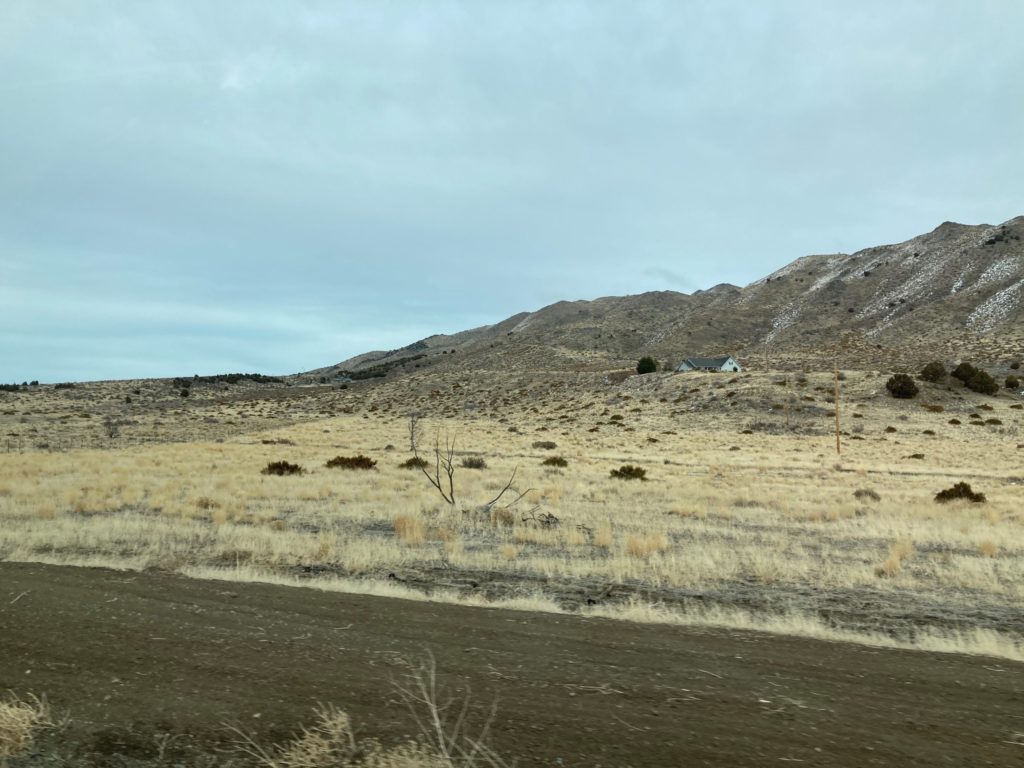
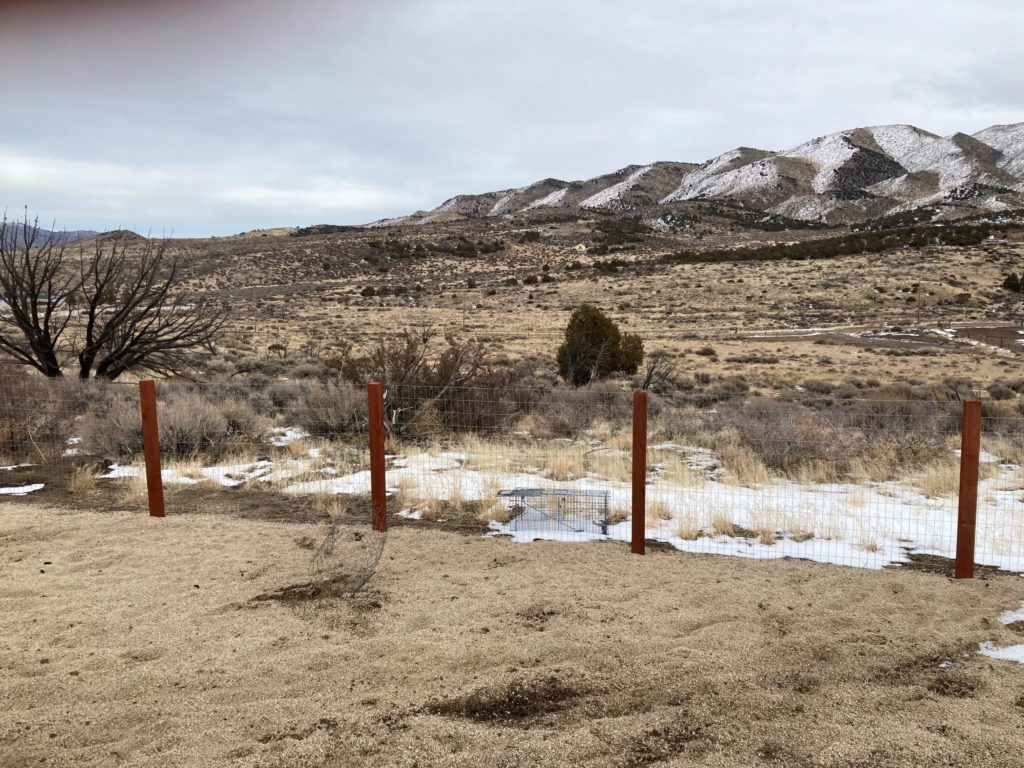
Water presents a still more challenging set of circumstances. If we are flying a fixed gear aircraft, there is a strong likelihood that the aircraft will flip over presenting an immediate post crash survival situation. If you have several passengers, this could be a very chaotic and dangerous situation. Water is not always a bad choice, especially in a retractable gear airplane. However, it presents you with a (potentially very) challenging post crash environment. Moreover, if your technique is poor, hitting the water can be like hitting concrete resulting in a very sudden stop and our discussion of accident survivability told us this is exactly what not to do. Consider water landings in your aircraft very carefully.
Mountains are a big challenge for the light GA pilot. There are, in some areas, precious few places to go if you lose the engine, so mountain flight should be carefully considered with respect to off airport landings. Attempting to land on a steep ridge is not an option, so the mountain environment is a place where off airport landing safety begins with the planning of the route. Staying near roads and population centers maximizes your chances of having a good option (or at least a chance) if the engine goes. Dry lake beds are also common out west. These are often GREAT emergency landing sites – the major pitfall is that it can be very much like a glassy water landing where it becomes difficult to judge your height above the ground. Another option in the mountains would be a stream or a river. The water is shallow and we are only looking to find a situation that gives us a survivable deceleration. Beware: it only takes six inches of water to drown.
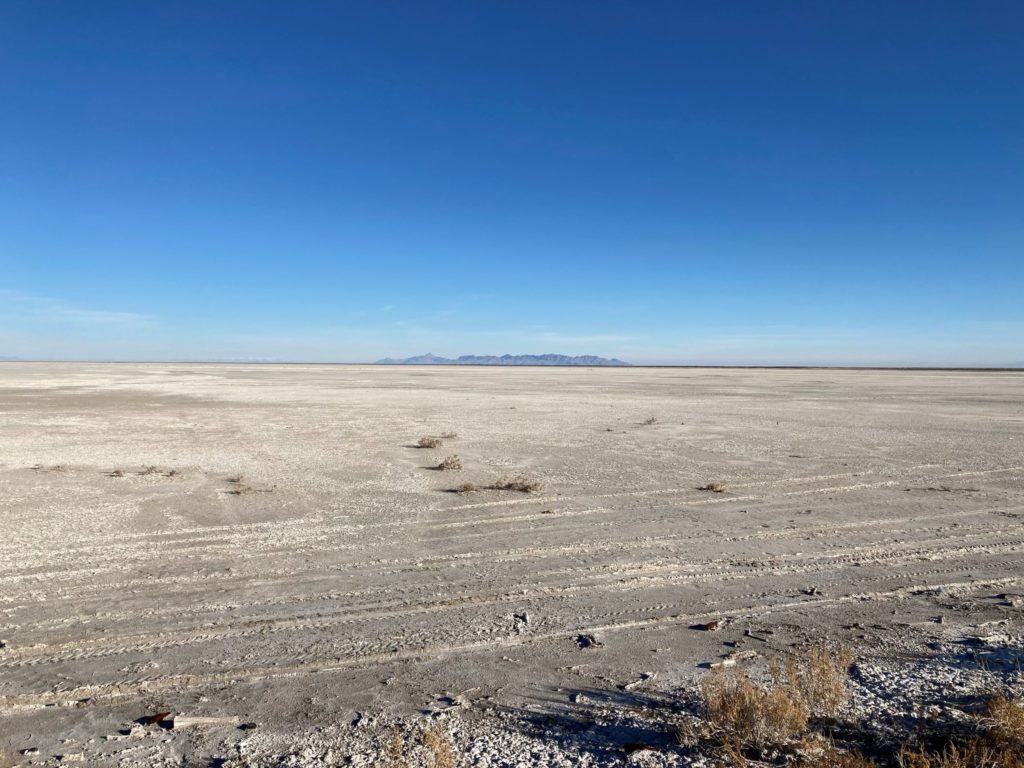
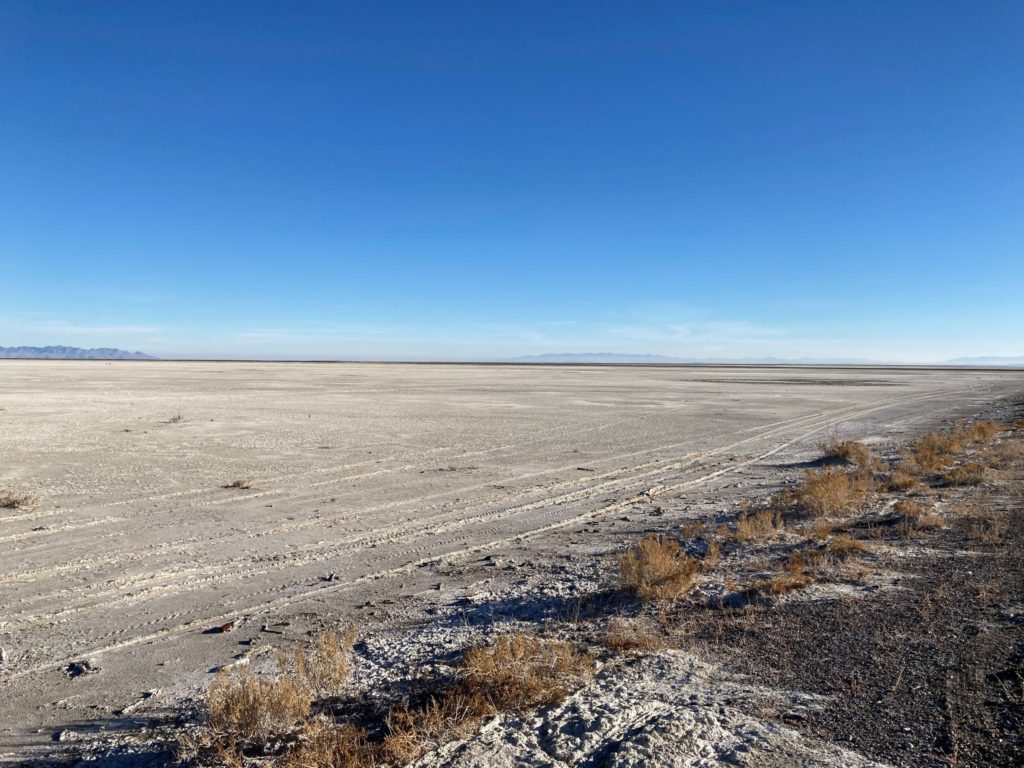
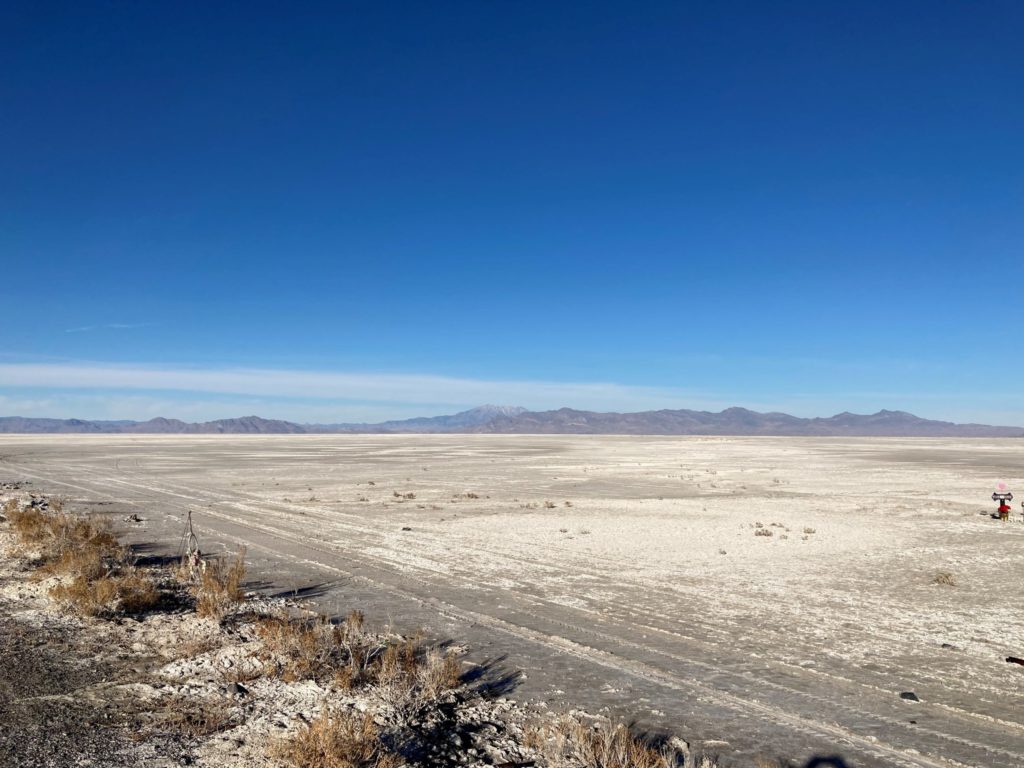
Further Reading
We have attempted to survey a variety of off airport landing scenarios here, but to be complete and comprehensive would take much more material such as the already-cited crashworthiness data article, or can be found on various websites like the AOPA website.

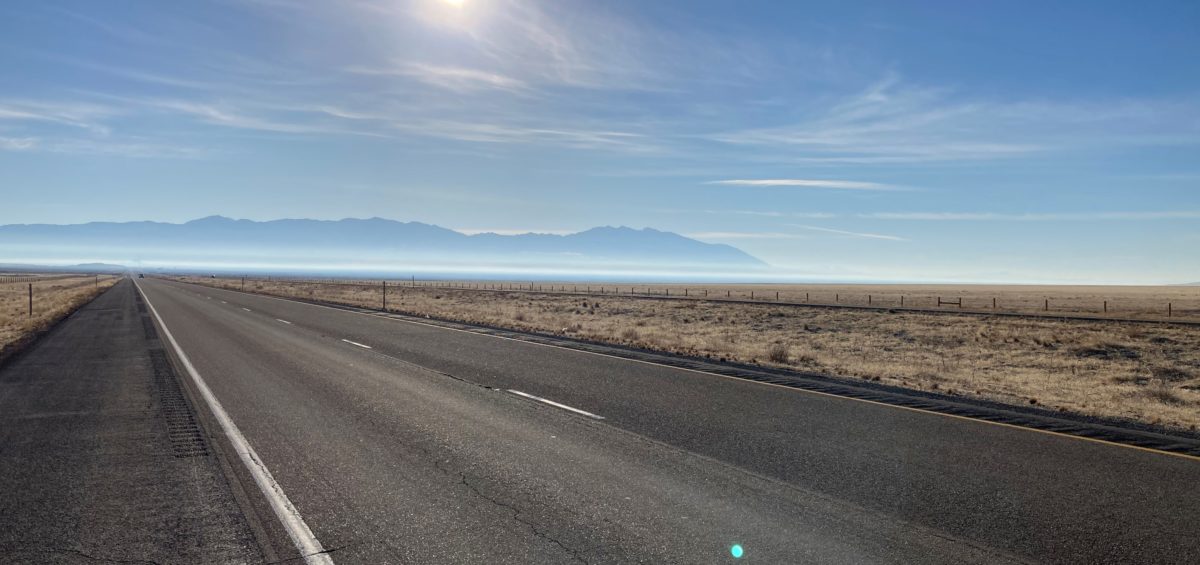
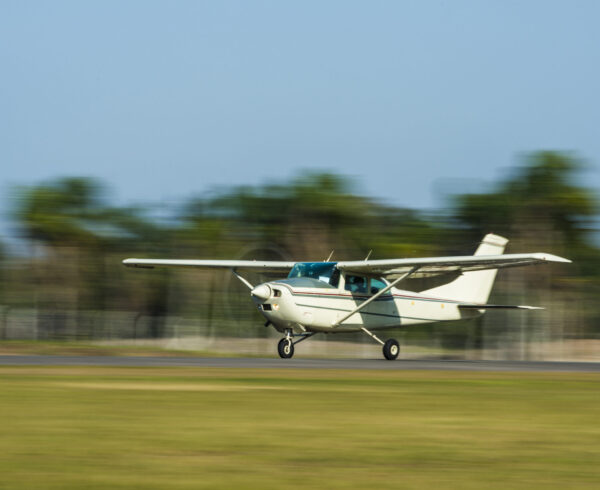
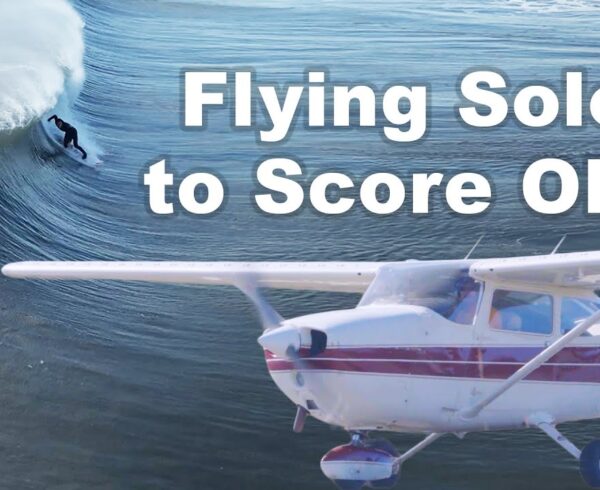

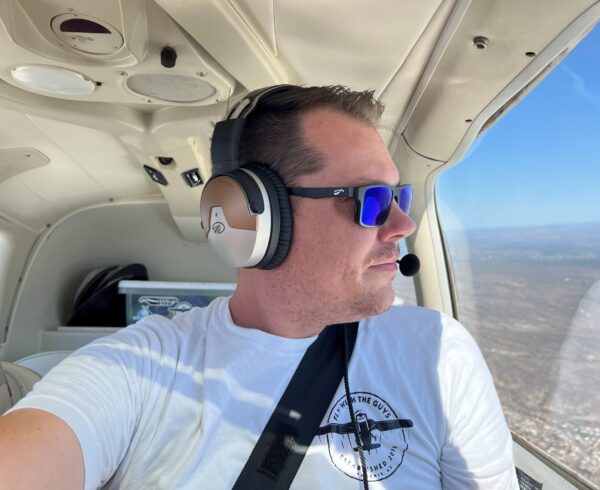









Excellent article for a relatively new private pilot.
As always, another great article Colin Aro.
That’s a typo: I-395, not I-95. Very sorry.
First of all, I am pretty certain that I-95 does not cross northern Nevada. Other than that, thanks for the nice insights on this important topic.
One aspect not covered with regard to making the best of less-than-optimal choices is the likelihood of being rescued and getting medical care for anyone injured as soon as possible. Choosing landing sites near populated- or inhabited- areas should be preferred. More inaccessible crash sites are going to result in delayed rescue and transport to medical care. The “golden hour” paradigm for emergency medical services makes rapid rescue, stabilization and treatment of injuries paramount in surviving trauma.
Excellent article. I was most fascinated by the deceleration numbers. As the survivor of a forest landing, I completely concur with your advice. We did exactly what you described and although the aircraft was totally destroyed, we walked away unscathed.
Outstanding article, thank you for sharing! Survival after a crash is explained better in this article than I’ve read or heard before, and that really is the main goal of any off-airport forced landing.
Thanks for the great post, let’s hope and pray it never comes to an emergency landing. But if it does this well definitely help.